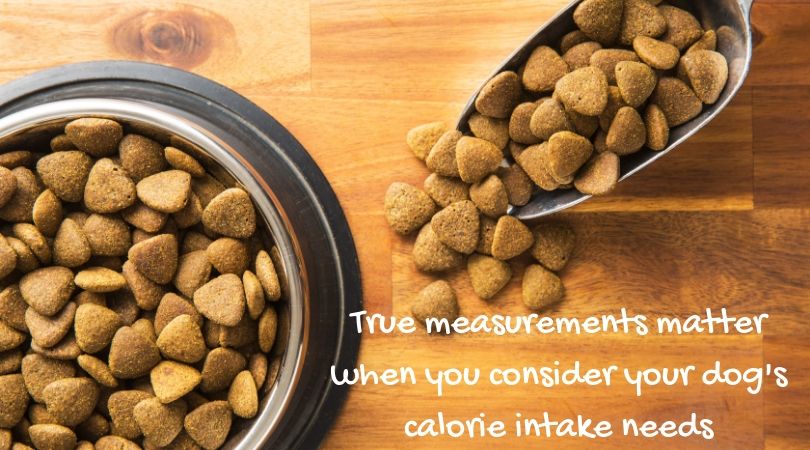Whether you’ve just adopted a puppy, or you’re on a routine pet supply shopping trip, it’s easy to be overwhelmed by all of dog food choices in the store. Each food has its pros and cons, with some brands and formulations even claiming to be super food cure-alls. If you’re tempted to start searching online to investigate these claims, you need to stay sharp because reviews, recommendations, and anecdotes can’t always be trusted.
Thankfully, the search for a great quality dog food that’s right for your dog can be simpler than you might think. Just ask your vet! Here’s how we evaluate real scientific evidence to help you choose what to serve up for your doggie’s dinner:
What Organizations Can You Turn to?
The Global Nutrition Committee, formed by The World Small Animal Veterinary Association (WSAVA), is a group of veterinarians whose goal is to help pet owners decipher pet food company messaging. For example, they’ve pointed out that terms like “holistic,” “premium,” or “human grade” have no firm meaning when it comes to ingredients or nutrients in pet food. Those words aren’t bound by regulation, so they can simply be added to pet food labels to help companies market those diets.
Questions and Considerations

The WSAVA also recommends actually asking pet food manufacturers specific questions about their ingredients, processes, quality control, and more. If you want to do some digging, you can often find email addresses and phone numbers for these companies, but you can always feel free to talk with our veterinary staff, too. Some points to consider:
- An on-staff nutritionist may have a Ph.D. in Animal Nutrition or a board certification from the ACVN or ECVCN.
- The Association of American Feed Control Officials has set standards for diet formulations, nutritional claims, and certain labeling.
- Where the foods are manufactured can make a difference to ingredients and nutrition.
- Can you find published product research for the food you’re considering?
Testing, analysis, and feeding trials all factor into finished food products, but each of these methods may not be consistently in play for every diet that is commercially available. You should feel comfortable asking what a manufacturer will or will not guarantee in terms of their products and your pet. These questions and considerations can help you understand how the company in question approaches quality control.
More from the AAFCO
We can turn to the AAFCO to find out:
Is the Food Complete and Balanced?
The AAFCO helps clarify whether a food is meant for general nutrition, or if it is formulated for a specific issue, such as allergies or urinary health. Prescription diets should be restricted for veterinary dispensing, while the AAFCO can help you choose a standard food from your pet store. Look for one of these statements:
- “XYX food is formulated to meet the nutritional levels established by the AAFCO Dog Food Nutrient Profiles for [life stage]” This means a nutritional analysis of the food has been performed.
- “Animal feeding tests using AAFCO procedures substantiate XYX food provides complete and balanced nutrition for [life stage]” This means a feeding trial evaluation of the food has been done.
Is this Food Formulated for a Specific Growth or Life Stage?
Puppies grow quickly, very active adult dogs use lots of energy, older dogs might become obese...the bottom line is that different dogs at different stages have different nutritional needs. The AAFCO helps determine these basic needs and how certain food formulations fit in.
Discerning Ingredients
You do your due diligence and read food labels, but those labels list ingredients in order of how much is in the food, but they can (and sometimes do) manipulate ingredient names to split placement. It’s also not always clear what ingredient names actually mean. These practices are by no means universal, but you can double-check by asking for specific nutrient analysis. Food companies should provide that to you.
Consider the Calories

Finally, think about the calorie content of the food you’re considering. It’s important to actually measure your pet’s meals, rather than just giving “a few scoops” or “some of the can.” Look at the serving size printed on the bag or container, then verify this with your veterinarian. Does your pet truly need as much or as little as the label says? If you have weight gain or weight loss goals, if your dog is moving through a growth stage, or if you’re working through a new diagnosis, your veterinarian may have a different recommendation.
There is quite a bit to consider when you choose a food for your dog. And as your pets grow, age, and face changes in health, you may have to face these decisions all over again. But the good news is that we are more than happy to help! Please feel free to schedule a consultation with us so that we can help you feel confident in your choices when it comes to dog nutrition.

